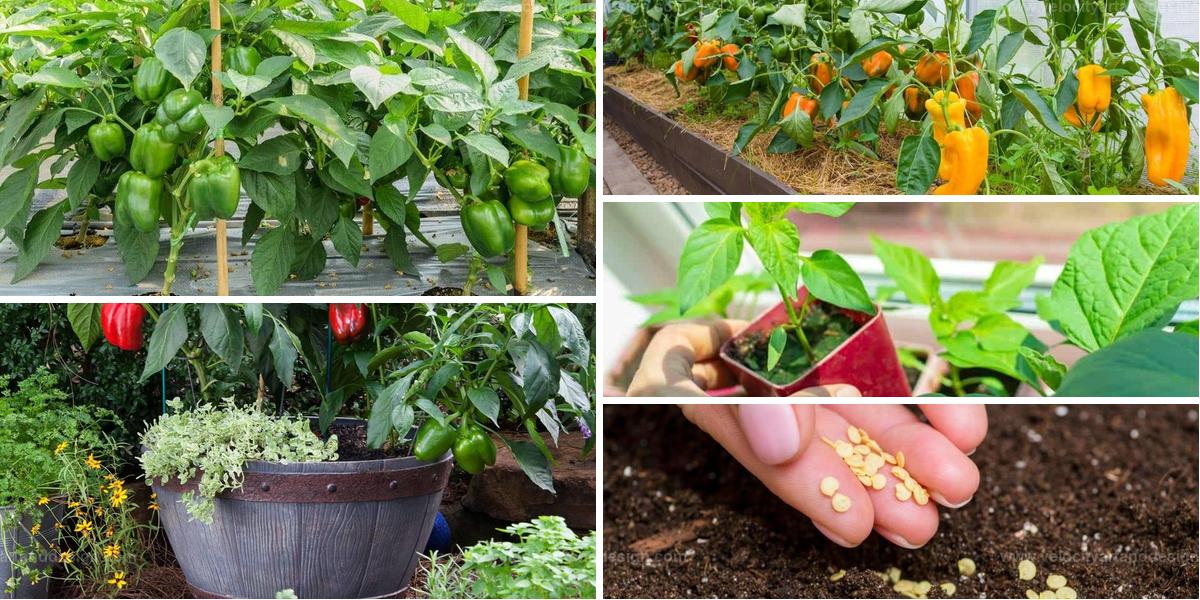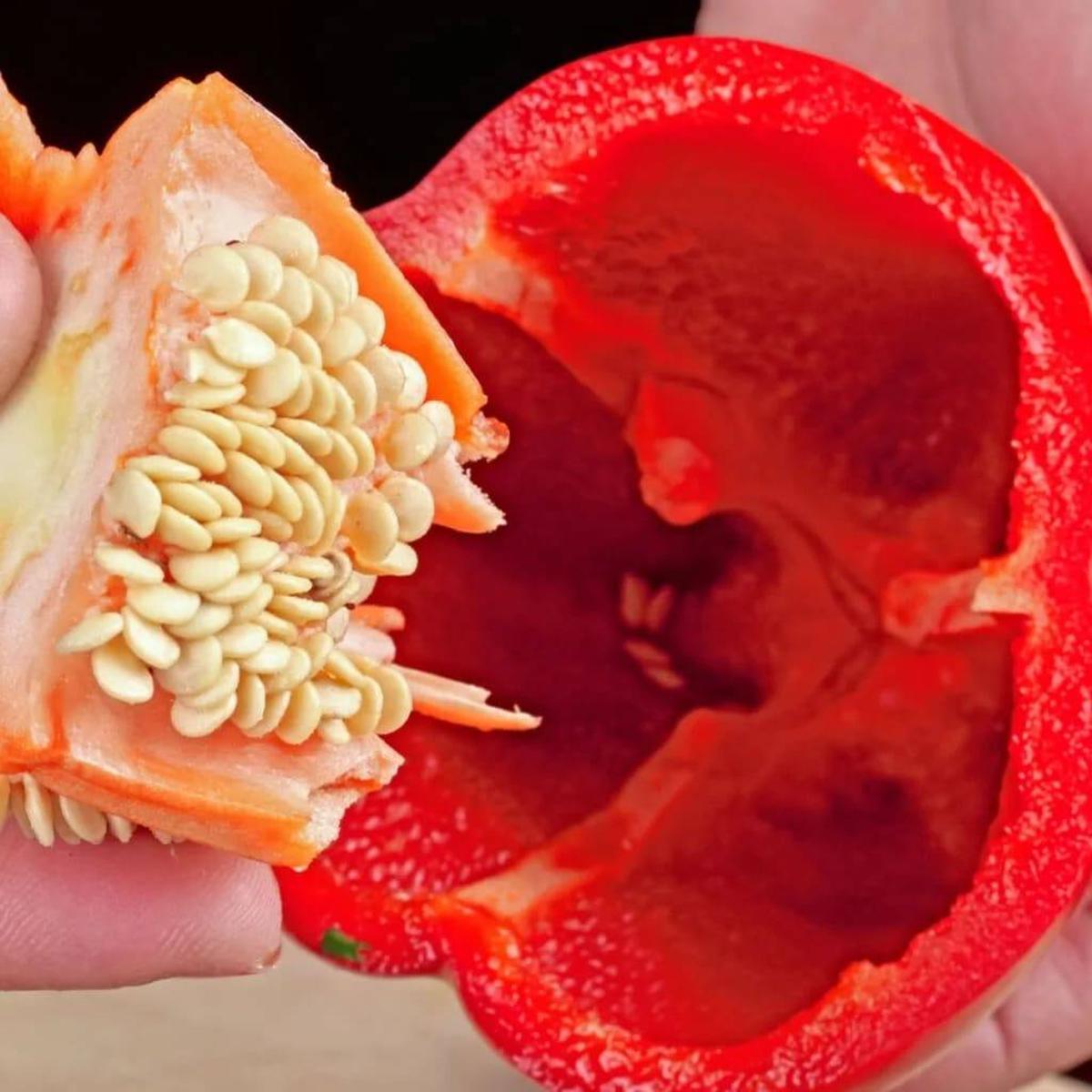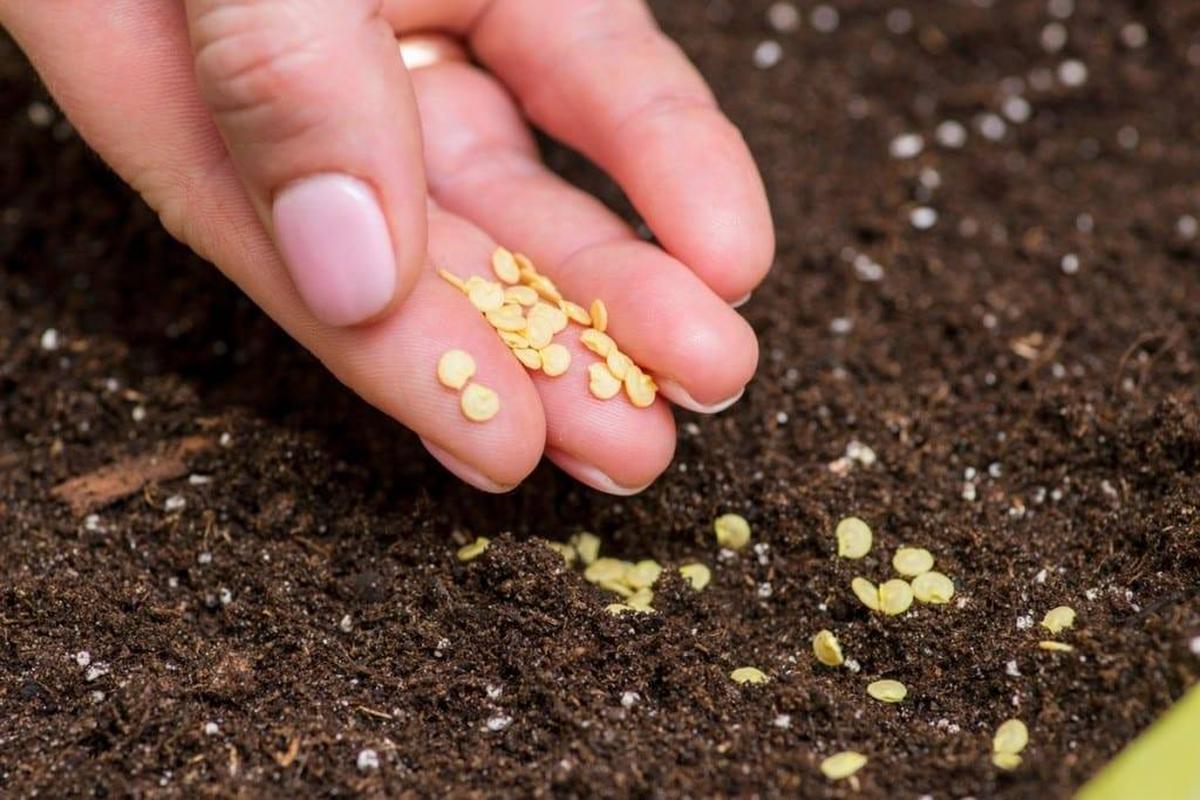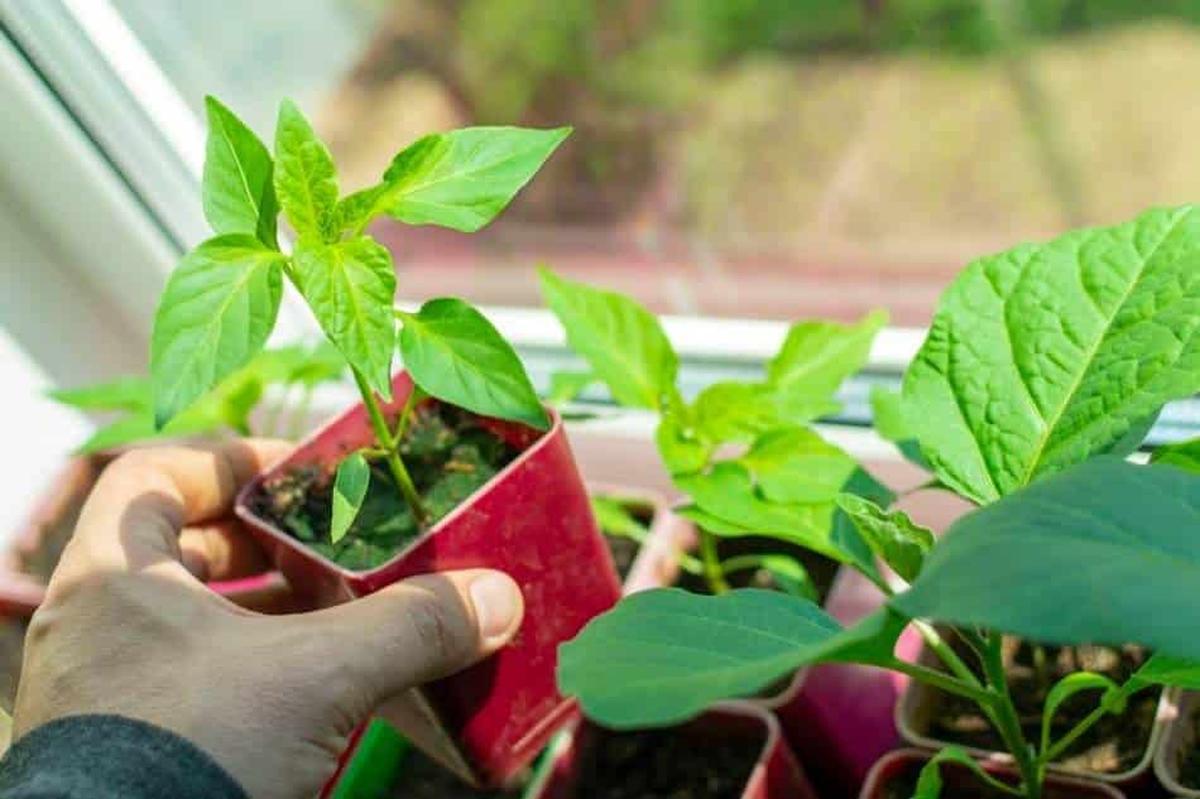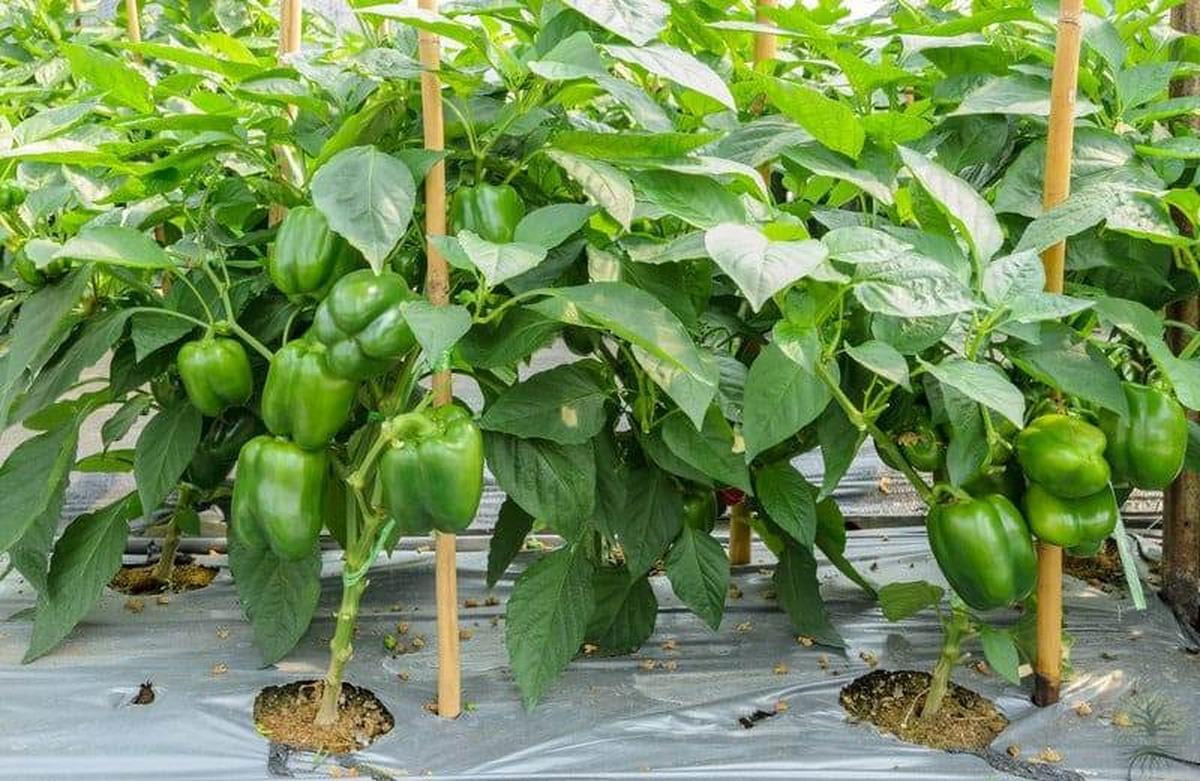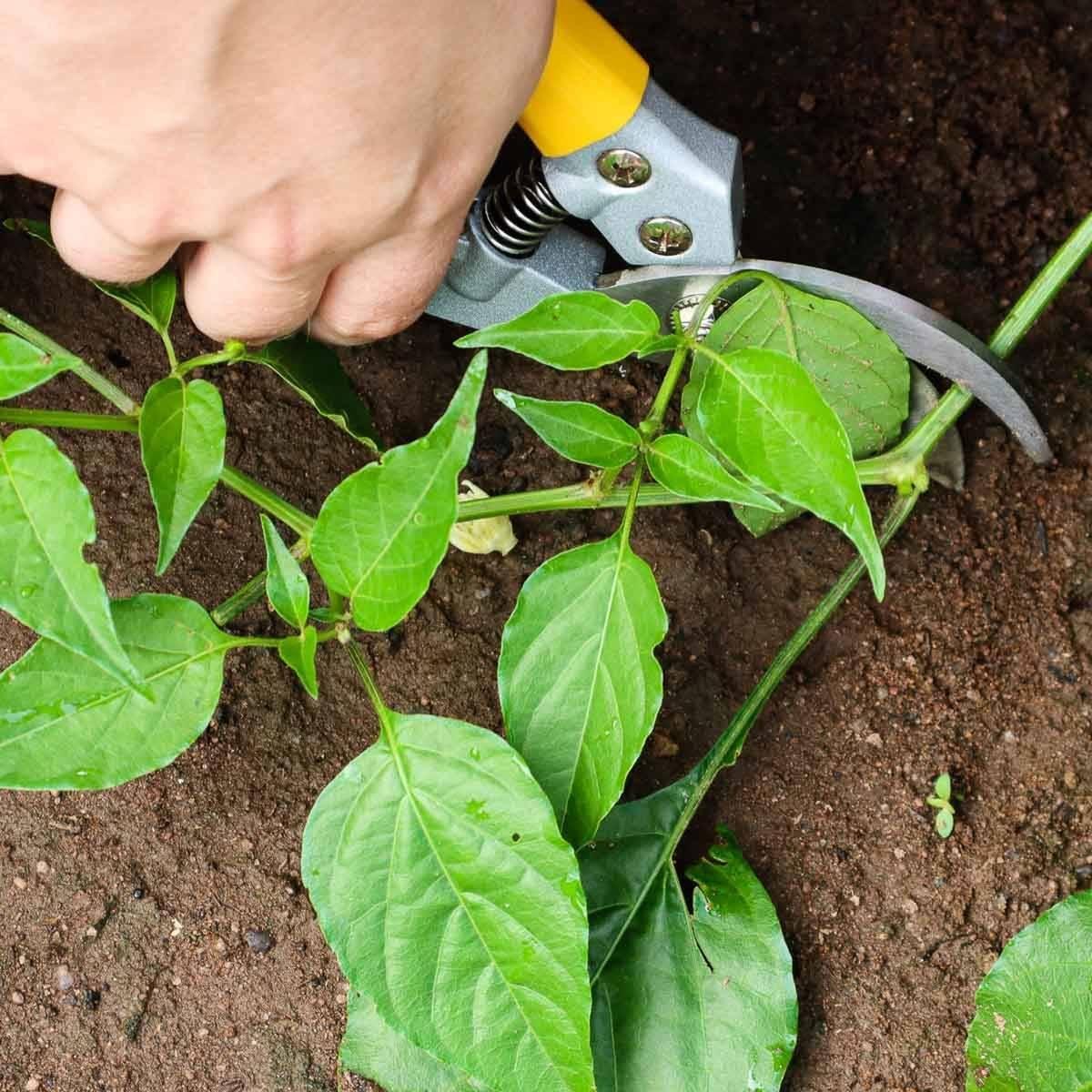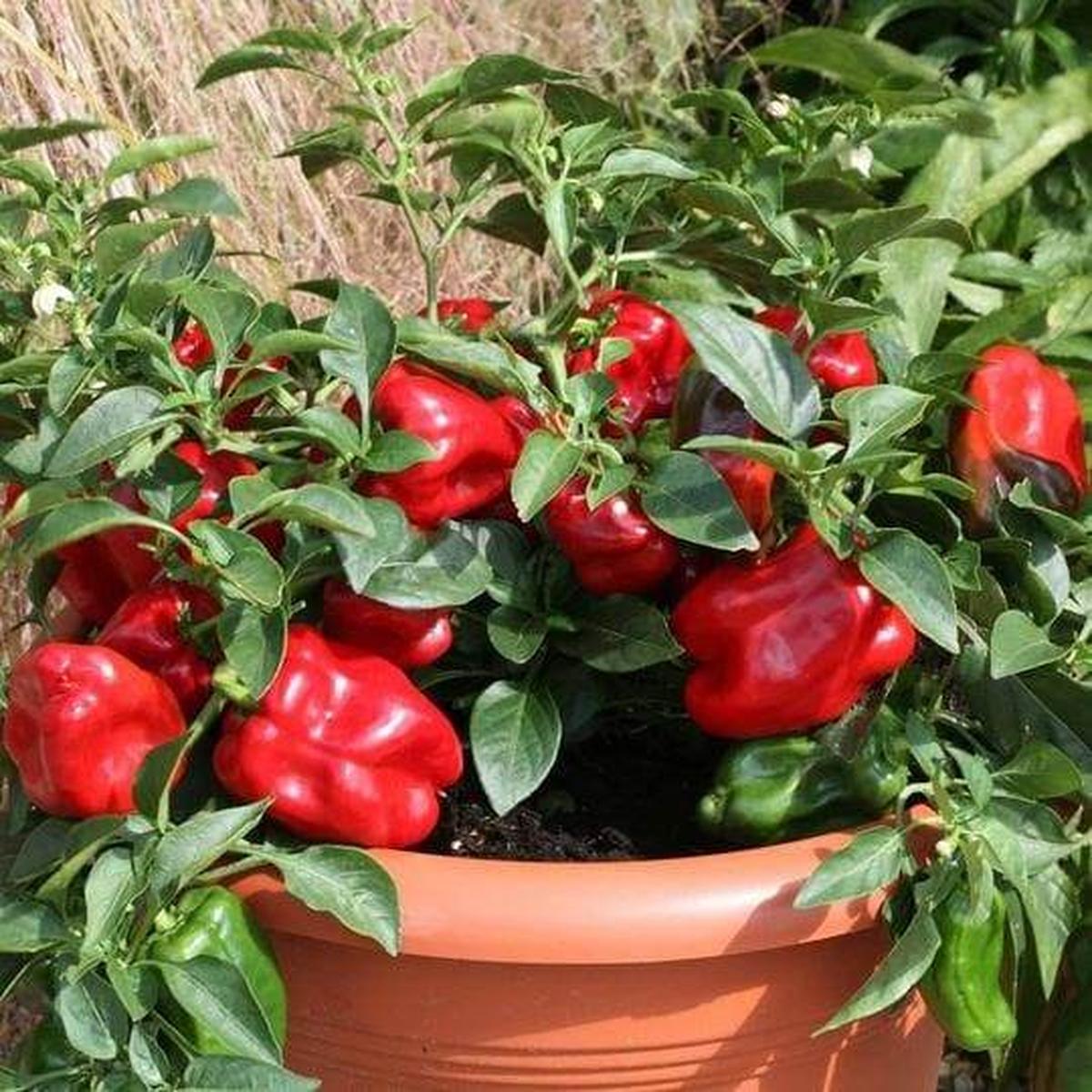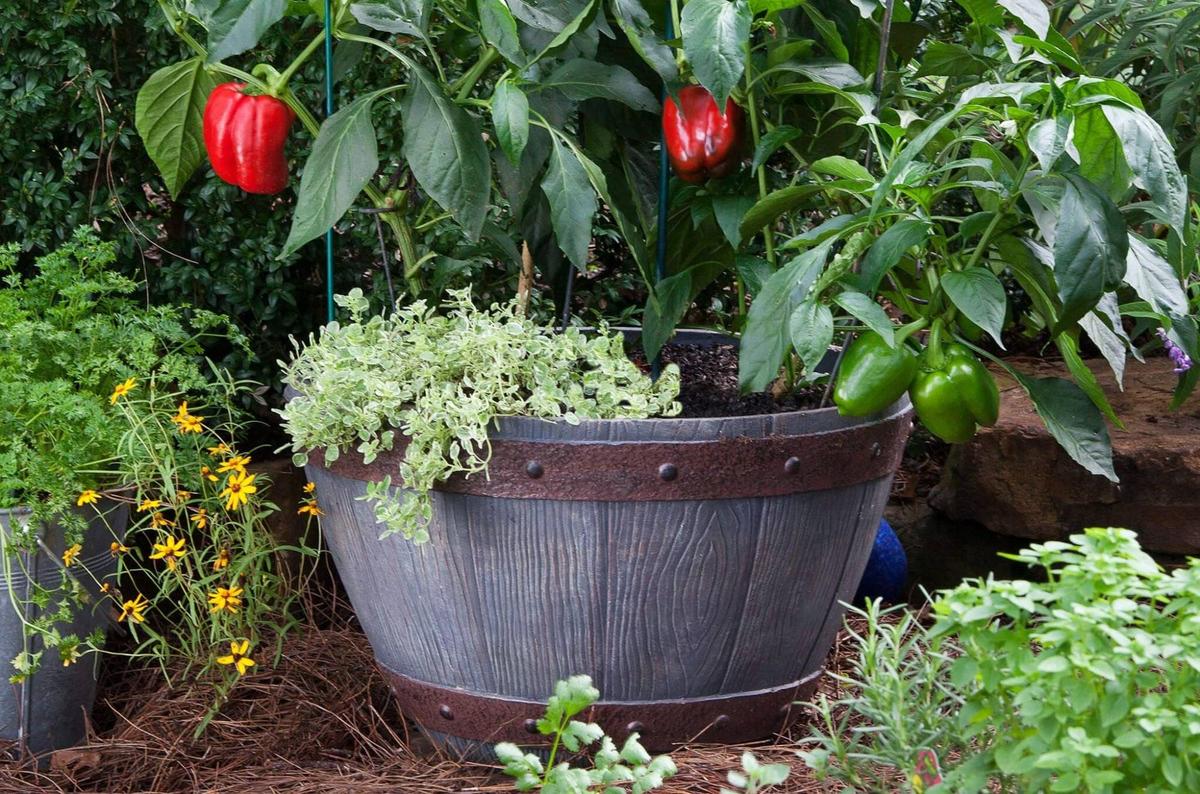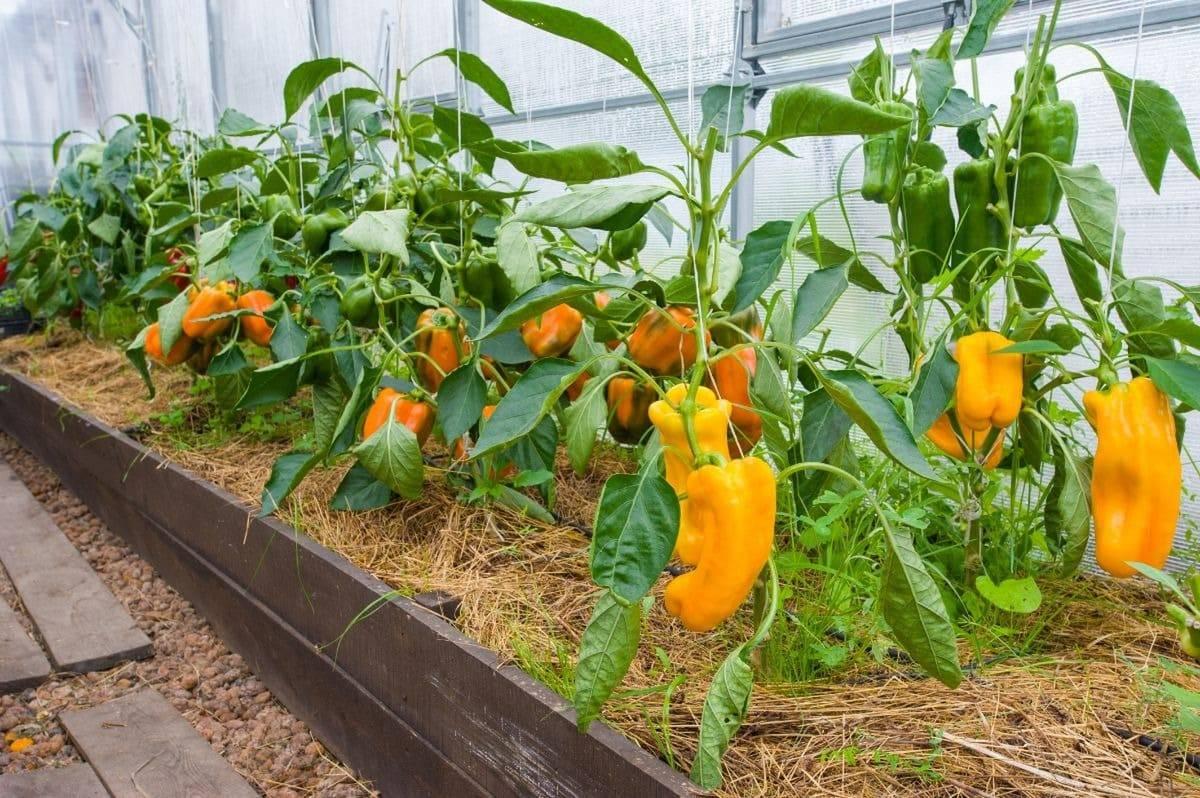Top Guide for Growing Peppers at Home from Seeds
Peppers are versatile plants that bring color and spice to any dish.
From sowing the seeds to harvesting the fruits, growing peppers can be a rewarding endeavor that spices up both your garden and your cooking.
This guide explores the journey of cultivating peppers, providing you with the knowledge to nurture them from tiny seeds to vibrant ingredients on your plate.
Growing Peppers From Seed
Preparing Location And Pots
Begin your pepper garden by selecting a sunny spot that receives 6-8 hours of sunlight daily. For container planting, ensure good drainage to avoid soggy conditions unfavorable for peppers.
Choosing The Right Variety
Peppers vary from sweet to fiery hot, catering to different culinary needs. Choose varieties that match your taste and climate, like bell peppers for salads or jalapeños for added heat, considering their Scoville rating for spice level.
Planting Pepper Seeds
Start pepper seeds indoors 8-10 weeks before the last expected frost using a quality seed-starting mix, planting them about 1/4 inch deep. Maintain soil temperatures between 70-80°F (21-27°C) for optimal germination. Once seedlings develop two sets of true leaves, transplant them outdoors or into larger pots, spacing them about 18 inches apart.
Pepper Plant Care Essentials
Watering
Peppers thrive with balanced watering—too little and the leaves wilt and flowers drop; too much and roots may become waterlogged, promoting fungal issues. Aim to provide about an inch of water weekly, increasing the amount during hot, sunny periods to maintain health.
Fertilizing
Peppers are robust feeders needing regular fertilization to flourish. Start with a balanced fertilizer (like 10-10-10) at planting and again when plants reach about 12 inches.
Once blossoms appear, switch to a weekly high-potash liquid fertilizer, such as tomato feed, to enhance fruit development and quality.
However, avoid over-fertilizing as it may lead to lush foliage at the expense of fruit production.
Pruning
While pruning isn’t essential for peppers, removing diseased or damaged branches and suckers from the base can enhance air flow, light exposure, and potentially increase fruit size. Perform this maintenance before the blooming season.
Pest Control
Watch for pests like aphids, spider mites, and whiteflies, as well as diseases like blossom end rot and mosaic virus. Treat infestations early with insecticidal soap to prevent damage.
Harvest And Enjoy
Peppers can be harvested at any stage, from green to fully mature, depending on your taste preferences. Use scissors or shears to cut peppers to avoid harming the plant.
Leaving peppers on the vine longer can increase their sweetness.
Other Notes
Companion Plants for Peppers
Peppers flourish alongside basil, tomatoes, petunias, and marigolds, which are excellent companions.
Carrots help by shading and moisturizing the pepper's roots, while petunias attract beneficial pollinators and deter pests such as aphids, spider mites, and thrips.
Mulching Your Peppers
Applying mulch to your pepper plants helps retain soil moisture and suppresses weeds. It's best to mulch in late spring or early summer once the soil has adequately warmed up. Mulching too early can cool the soil, slowing plant growth.
Winter Protection for Pepper Plants
During winter, you can bring pepper plants indoors or protect them outside using cloches, row covers, cold frames, or greenhouses to shield them from cold and frost. These structures help maintain warmth and moisture around the plants.

